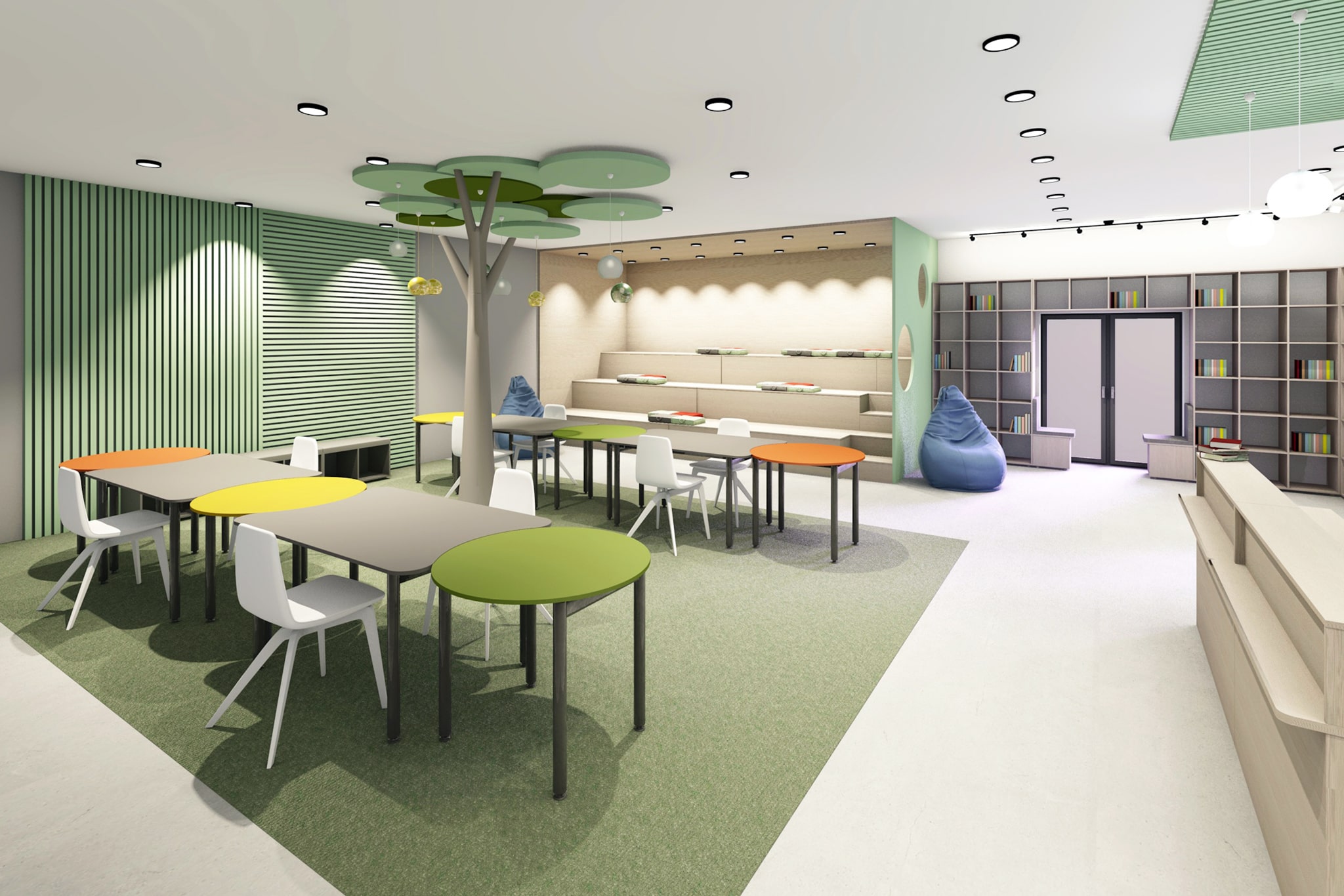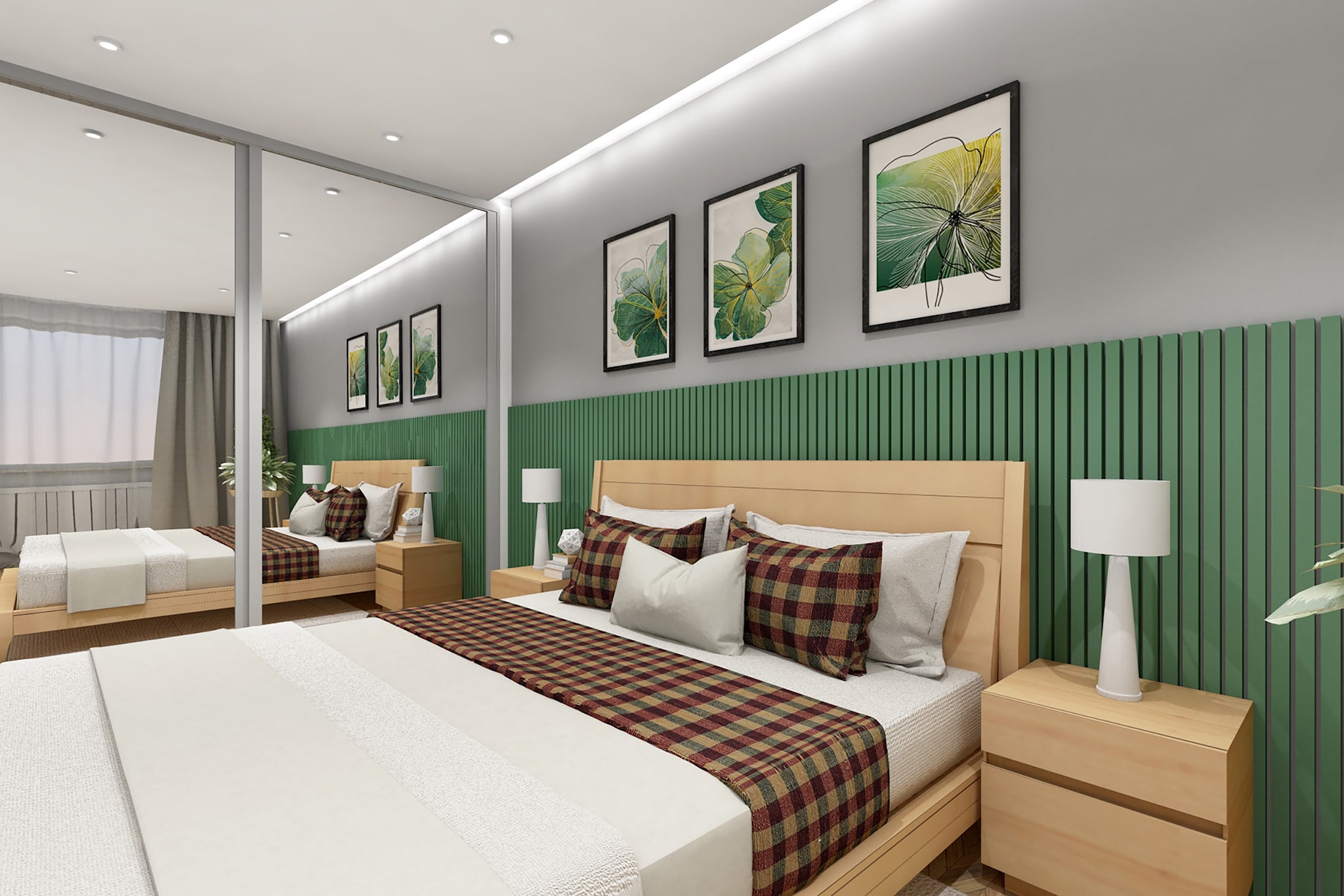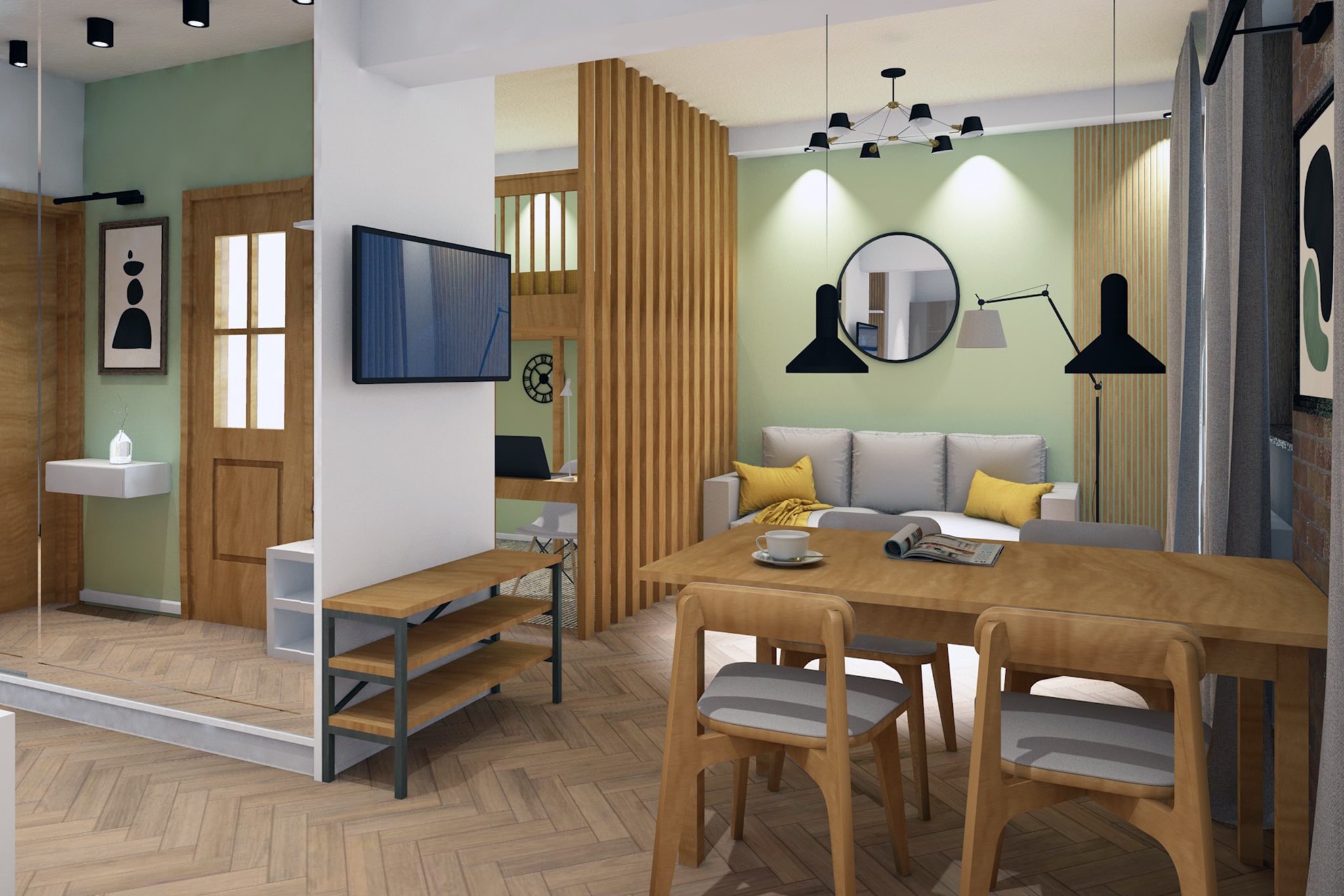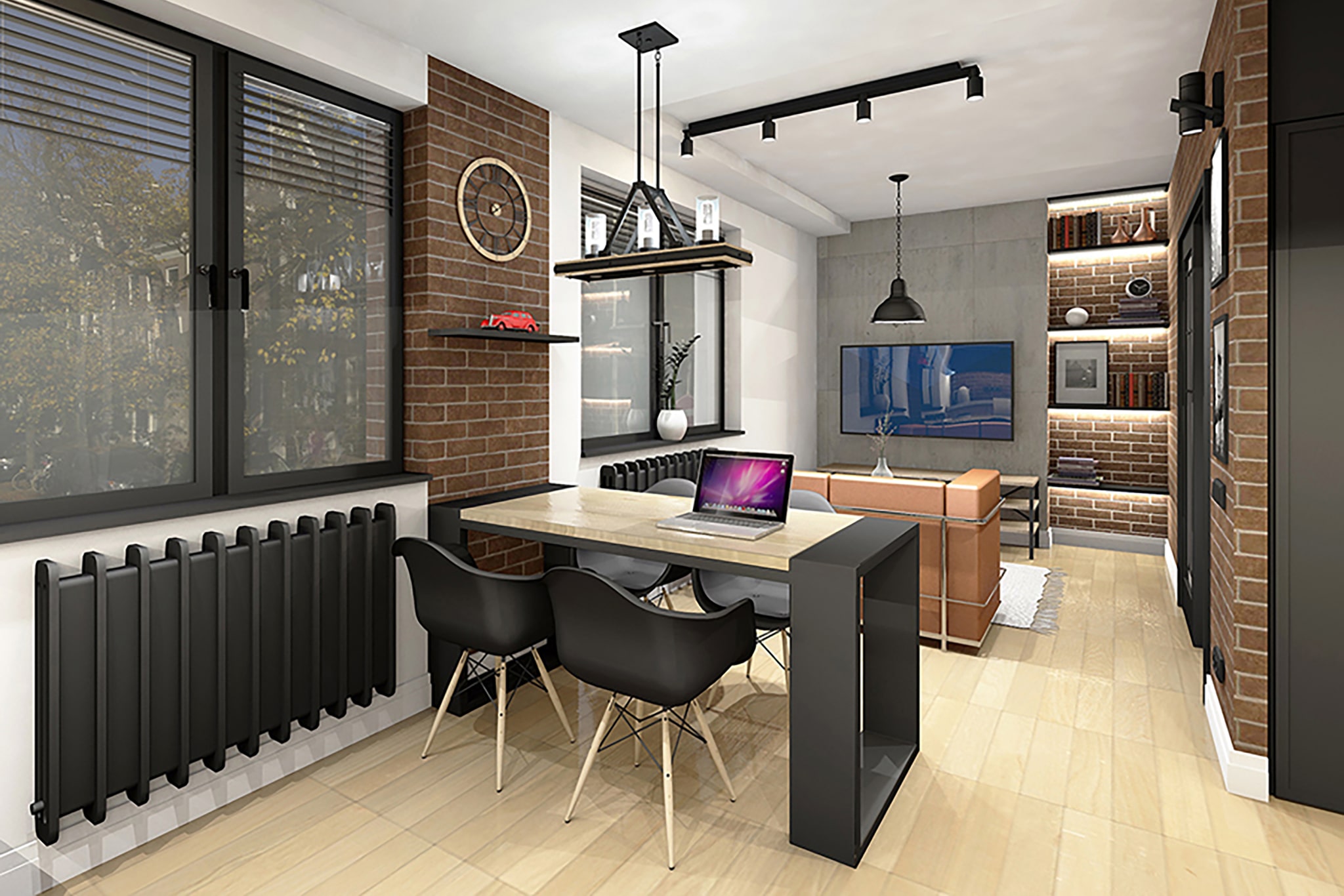DO IT RIGHT THE FIRST TIMEHow to choose an interior designer?
We will tell you how to choose a good designer, and how best to act if you are new to this issue.
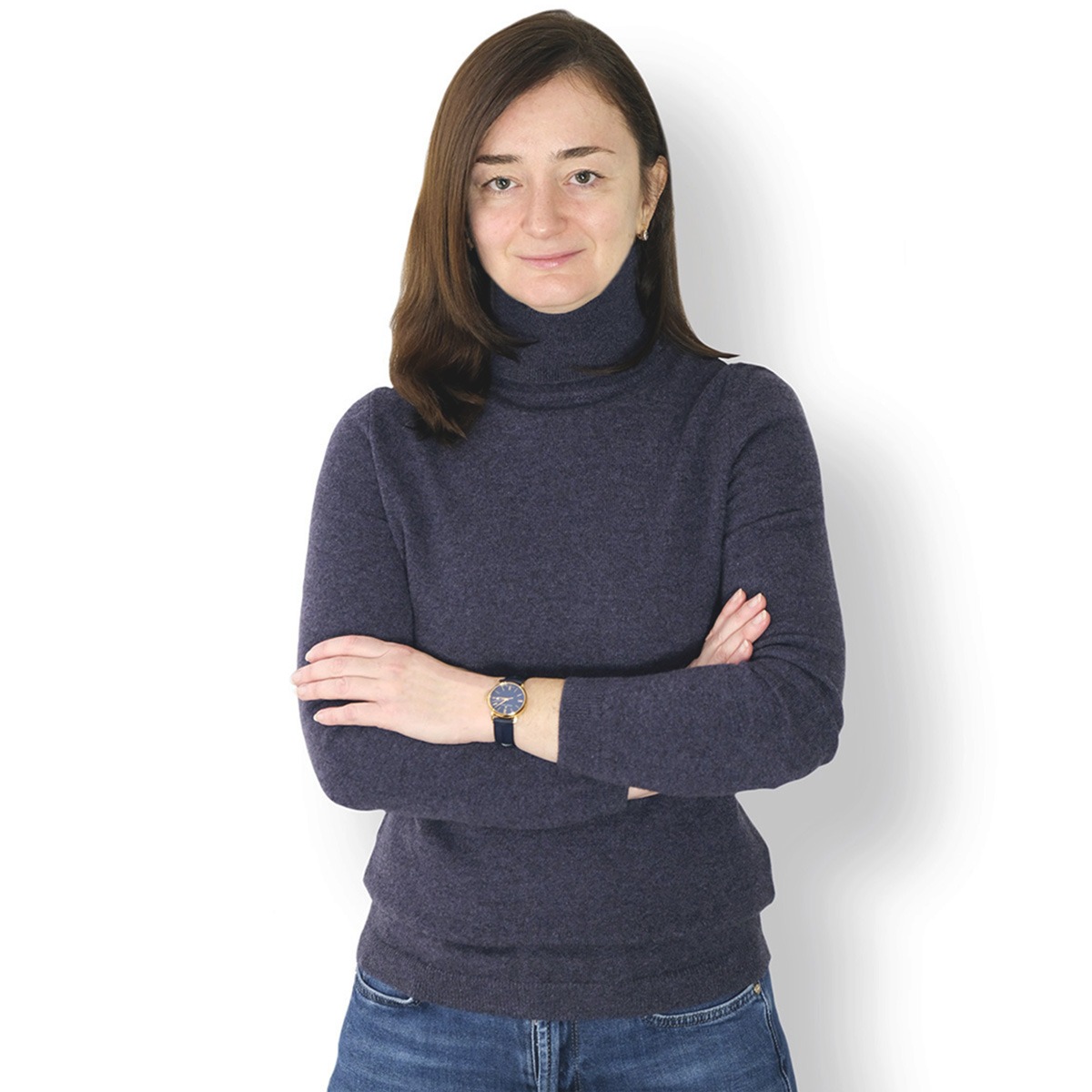
Designer’s portfolio
Each studio, each designer has its own recognisable style. Someone works in monotonous beige styles, and someone considers this approach bad taste and tries to apply the Itten circle more often to colour the world around them.
Take a close look at examples of projects and finished renovations. The main thing you can take away from looking at a portfolio is whether you like the style of that designer or bureau. Keep the pictures you like, in which something caught your eye.
It is important not only the flight of fancy, and specific practical cases with photos, which can say a lot about the real qualifications of the designer.
Study the site of the design studio, find information about the education and work experience of designers. If you want not just pretty pictures, and from all sides of the project – choose professionals.
Pay attention to:
- Stylistic diversity of projects. For example, it is unlikely that you will be able to get a satisfactory option if the design studio or designer works, for example, only with classic styles, and you can not imagine how you can live in such in the 21st century.
- The ability to work with rooms of different areas. For example, how a designer can solve the problem of lack of metres in small-sized housing. And the opposite option – how a designer can plan a flat of free layout.
- The type of space the designer is working with. There is a significant difference when designing a new flat, and quite another thing – secondary housing and old stock with its “peculiarities”: narrow corridor, small bathroom, gas equipment, low ceilings, obscure nooks, etc. In addition, the owner of the housing is far from always agreeing to a significant redevelopment. See how the designer copes with such non-standard situations.
A huge advantage of a design studio is that the company employs at least a few specialists, and there is someone to consult when solving a particular case.
Cost of the project
A good designer will never name “head-on” the price of the project without fully understanding its complexity. There is a practice to calculate the price per 1 square metre, but here is an example. Which flat project do you think will be cheaper?
1. one-room studio flat with an area of 75 square metres.
2. a three-room flat of the same area in an old post-war five-storey building.
The correct answer is #2. In this flat you need to design each room separately, and the project will take more than twice as long.
Analyse the prices for the development of the design project and working conditions. Take into account that some design studios have requirements for the minimum area they are willing to work on (e.g. from 80 or 100 m2), it is better to find out about this at the start.
The range of prices for design in Warsaw and London is very wide, so carefully study what is included in a particular package of services and try to estimate how much it will cost for the set of options that you need (for example, a planning solution + technical drawings for the renovators + procurement tables for materials and furniture, etc.). Otherwise you can get some 3D-pictures showing what you may see after the repair…
Be sure to find out whether the designer will provide the statements on finishing materials and furniture, which appears in the repair project. You will be tortured to look for pictures of the same wallpaper, tiles, wall paint, lamps, sofa of the right size, sink and all other things, if the author of the interior does not give you specific instructions on all its components.
Project timeline
In order to make a full-fledged project of a flat in 70 square metres “from scratch”, the designer will need from 1 to several months. And during this time the specialist will not be able to do anything else. This work is very painstaking, and you can reduce the time only by reducing the quality.
Do not believe the one who promises to make a quality project for a week. Such a person can simply adapt the existing project to your project, changing the size of the premises, and give the project for a new work. But all the features of your room in this version to take into account impossible.
How to choose a good interior designer for the repair of the flat?
Many try to look for a designer on the recommendations of friends and acquaintances. But contrary to this widespread belief, if your friends have made themselves an interior in the style of modern classics, and you want minimalism, you may not get what you want. Look for a designer who can work in the style you want. It’s much more convenient to go to a studio where different people work, and where you won’t be dependent on one person’s tastes.
Call the studio, schedule an appointment with the designer. Invite them to inspect and measure the flat, discuss the future project, deadlines, budget, etc. Designers are creative and passionate individuals. It is important that this does not go against concepts such as responsibility, performance, punctuality and commitment.
How feasible are the designer’s projects technically?
Understanding of construction and finishing technologies, technical conditions of connection and operation of engineering systems is very important for a flat designer.
Is he/she able to work within a budget?
The ability to forecast the financial aspect of a project and stay within a price “corridor” is more necessary than ever for a designer. The ability to find an alternative if the budget starts to “crack”, without compromising quality – a property inherent only in good designers.
Does the designer know how to adapt the interior for the life of the customer?
Modern trends in interior design require designers to carefully study the life scenarios and habits of the inhabitants of the flat in order to develop the most suitable and comfortable solutions for them.
Who is better to choose: a private designer or a design studio?
The sphere of interior design is actively developing, and there are more and more specialists and “amateurs” ready to offer interior design of premises. Who is better to choose – a private designer or a professional studio with a whole staff of designers?
If you haven’t decided on a style, a design and renovation studio will give you more options as you won’t be bound by the taste of just one specialist. Usually a designer becomes an expert in 2-3 styles, in a renovation studio you should expect more stylistic variety.
If the cost and timing are crucial for you, we recommend choosing a design studio: a freelance designer has no one to control, so you can only rely on his honesty and responsibility. But if suddenly he “disappears from the radar” and stops answering calls and your messages in the chat, it will be difficult to find him. Difficulties may also arise with getting feedback, if suddenly you need corrections a few months after the project is handed over.
A few more useful tips on selecting an interior designer
Start selecting a flat designer in advance. Depending on the composition of the project, it can take from one month to three months to develop, not counting time for approvals, revisions, etc.
Decide on the full budget of the renovation – including finishing works, furniture, materials. The general recommendation is that the design project should not cost more than 10 per cent of the total repair costs.
Find what you like. Study pictures of interiors (even better – real repairs) on different sites – keep an album of those that you like more.
Don’t be surprised if you like seemingly completely different interiors. Try to understand and highlight: what exactly you like in this or that interior – the colour scheme, how the furniture is arranged, interior items, how the lamps are selected, how the materials are combined with each other. The interior is an extension of the person (its owner), help the designer to find your understanding of the harmony of space.
Before formalising your relationship with the designer, make sure you have a common understanding of all the processes: what is the composition of your project, the stages and timing of its development, what feedback the designer expects from you, how long you can make changes to the project. Many things will be new to you, while for a professional they will be commonplace, so don’t hesitate to clarify everything on the spot.
THE END RESULTWhat the customer will finally get
As a result of our work, our customer receives the project in our two specially designed folders, which you can see in the picture. The first one stays with the customer as a benchmark for checking the quality of the builders’ work. The second one is handed over to the contractor.
The guarantee for the design project implies that our studio will make prompt changes if errors or circumstances are discovered that were not known at the time of the project.



